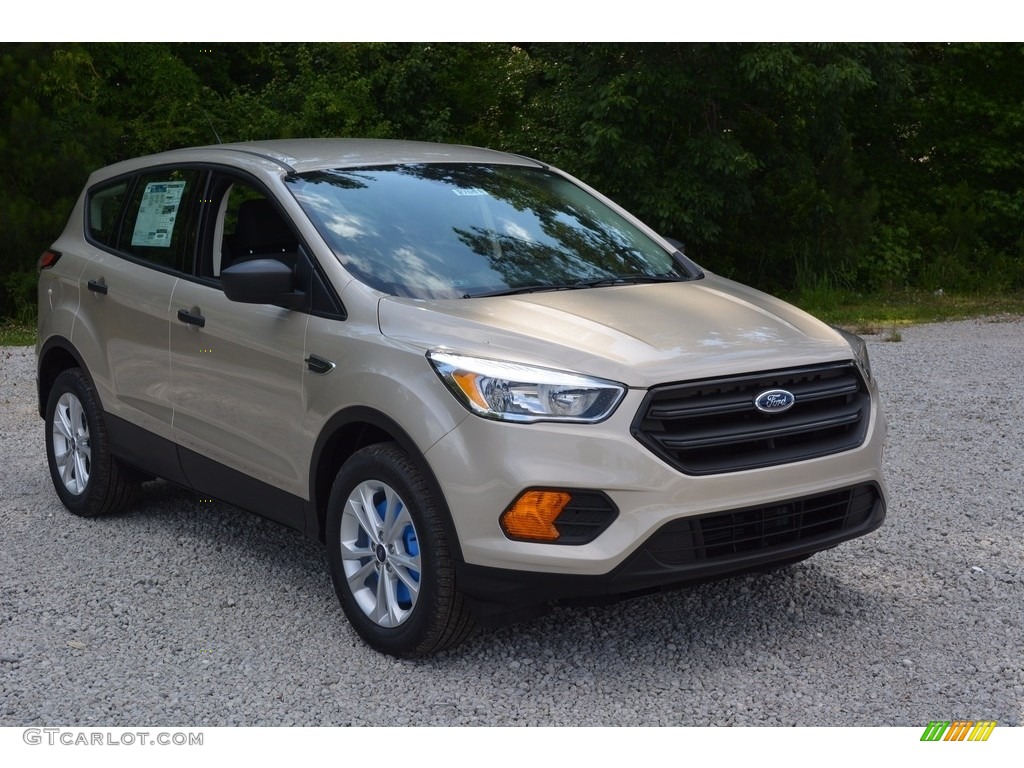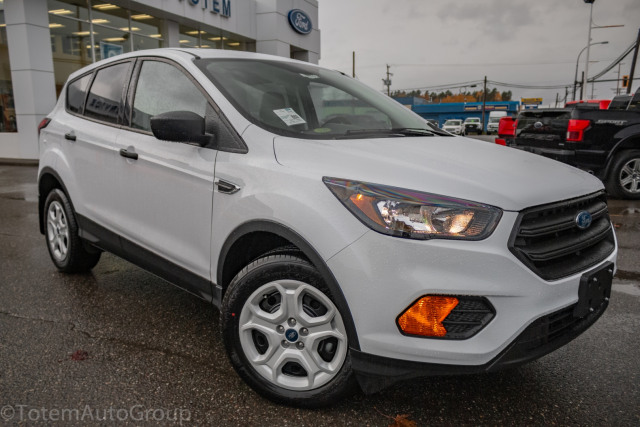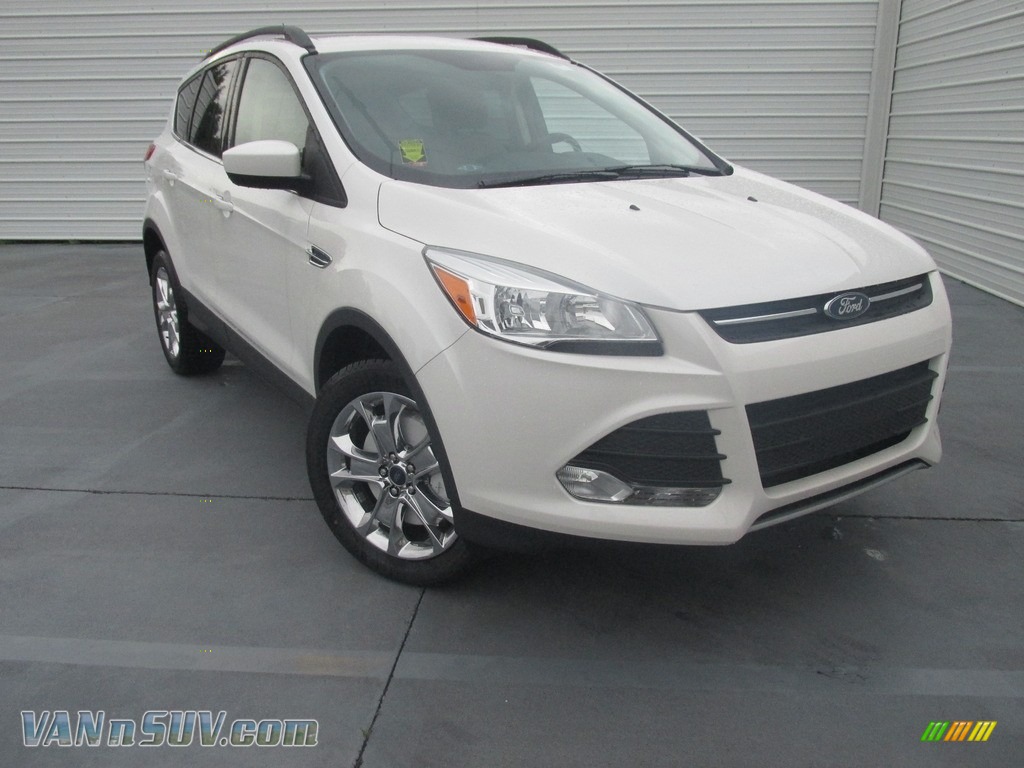

Acceleration from 50 to 70 mph, a test designed to mimic highway passing, took 6.6 seconds in the Escape, which again was slower than the RAV4 (by 0.8 second) and the CR-V (by 1.7 seconds). That’s also half a second slower than the RAV4 we tested, which has similar power figures, and 1.7 seconds behind the CR-V (both of those vehicles have larger, naturally aspirated engines).

Acceleration from zero to 60 mph took 9.2 seconds, which is roughly the same as the last 1.6-liter Escape we tested, only that one was an all-wheel-drive model and 140 pounds heavier. The new 1.5-liter engine (which replaces a 1.6-liter turbo) has good midrange power but is not exactly quick from a standing start.

On its primary turf-highways and urban and suburban surface streets-the Escape’s ride is smooth, and the suspension commendably soaks up road imperfections. Overall, it feels less ponderous than the Honda or Toyota, but not as nimble and lively as our current segment favorite, the Mazda CX-5, which sells in much smaller numbers. There’s more body roll than we’d like when cornering, and the steering remains uncommunicative, but the Escape is fairly agile, controlled, and predictable. With 0.85 g of lateral grip, the Escape handily outperforms its rivals atop the sales charts, the Honda CR-V and the Toyota RAV4, which managed 0.80 and 0.75 g. Our 400-plus-mile test revealed solid driving dynamics. There, the Escape acquits itself handsomely. That aside, by channeling SUV design cues but applying a lighter touch, this Escape manages to look both more capable and more modern than past editions.īut all those changes mean nothing if the Escape can’t perform its duties on the road.

We were hoping they’d go away in the freshening our staff detests them, but Ford says buyers like the chrome flourishes. Dummy front-fender vents have been with the Escape for years, and they reappear here. Plastic cladding, added to the liftgate in an effort to square off the Escape’s rear end without the expense of new sheetmetal, improved the view from behind but appeared to be flimsily attached. Outside, updates make the 2017 Escape look a little more like the bigger Explorer, and it’s somewhat more masculine, with a snub-nosed hexagonal grille and boxier taillights. Opting for all-wheel drive ($1750) and the 2.0-liter engine ($1295) raises it to 3500 pounds. Equipped as our test car was with front-wheel drive and the 1.5-liter engine, the Escape can tow up to 2000 pounds. Returning those seats to their upright and locked positions may pose a small challenge for those who skipped arm day at the gym (especially on the 60 side of the seat’s 60/40 split), but once the backrests are erect, there’s a comfortable second row with plenty of legroom for adults of average height-but not as much rear space as competitors such as the Honda CR-V, Mazda CX-5, or Toyota RAV4. HIGHS: Efficient interior layout, mostly attractive exterior updates, loads of safety tech.Ĭargo space remains ample with 34 cubic feet behind the second row, and the rear seats fold to create a flat load floor, doubling stowage space to 68 cubic feet. Paired with FordPass (available via the same app), this is Ford’s first step toward an imagined future where everything from service appointments to parking reservations to purchases at restaurants and stores can be made using the Ford portal. New this year is Sync Connect, an app that can remotely start a connected vehicle, preheat or precool the cabin, and check fluid and battery-charge levels, among other functions. The Sync 3 infotainment system, which was new for 2016, is intuitive and quick, and it’s standard in all but the base trim level. Both turbo versions also come standard with automatic stop/start, which functions smoothly but can be turned off.Ī redesign of the center stack and console-wave goodbye to the lever-actuated parking brake-added enough new cubbies to accommodate the devices of even the most connected family, and there are plenty of 12-volt and USB power points to make sure those devices stay charged. A six-speed automatic is still the only transmission in the lineup and comes with paddle shifters if you choose either turbocharged engine. Making 179 horsepower and 177 lb-ft of torque, it represents the middle of the Escape’s revised powertrain lineup-a 168-hp 2.5-liter four-cylinder remains the base powerplant a new 245-hp 2.0-liter twin-scroll turbocharged four is the hot one. The 2017 Escape Titanium we drove for this test boasted a host of new features, starting with its 1.5-liter turbocharged four-cylinder engine.


 0 kommentar(er)
0 kommentar(er)
